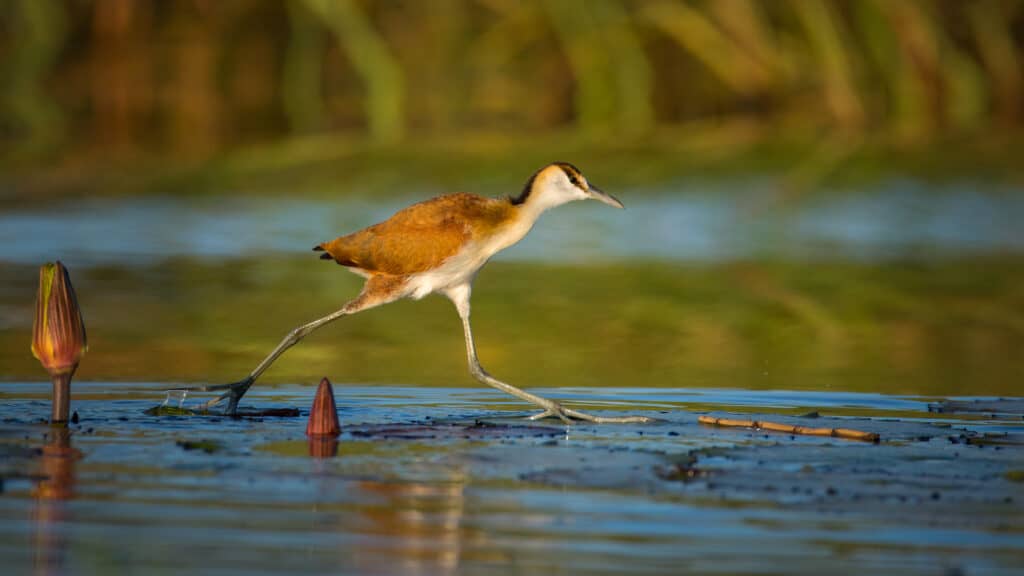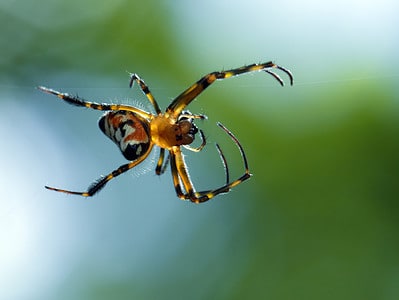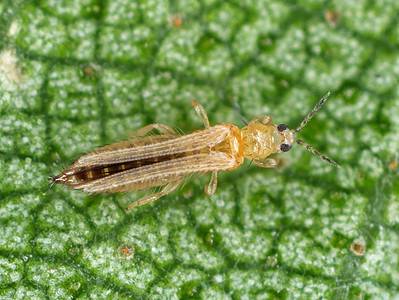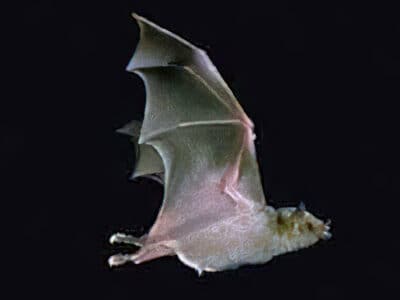Lesser Jacana
Microparra capensis
The lesser jacana is nomadic, often moving in search of temporary wetland habitats.
Advertisement
Lesser Jacana Scientific Classification
- Kingdom
- Animalia
- Phylum
- Chordata
- Class
- Aves
- Order
- Charadriiformes
- Family
- Jacanidae
- Genus
- Microparra
- Scientific Name
- Microparra capensis
Read our Complete Guide to Classification of Animals.
Lesser Jacana Conservation Status
Lesser Jacana Facts
- Prey
- insects, snails, spiders, larvae, worms, mollusks, fish, and crabs.
- Main Prey
- Insects
- Name Of Young
- Chicks
- Group Behavior
- Social
- Fun Fact
- The lesser jacana is nomadic, often moving in search of temporary wetland habitats.
- Estimated Population Size
- Uknown
- Biggest Threat
- Habitat loss
- Most Distinctive Feature
- Long legs, enormous feet, and elongated toes
- Distinctive Feature
- black stripe across its eyes
- Incubation Period
- 19 days
- Age Of Independence
- 60 days
- Age Of Fledgling
- 10 to 32 days
- Habitat
- shallow waters of freshwater wetlands
- Predators
- birds of prey, otters, crocodiles, large fish, turtles, and water snakes.
- Diet
- Carnivore
- Lifestyle
- Diurnal
- Type
- Bird
- Common Name
- Lesser jacana
- Location
- Africa
- Nesting Location
- Floating vegetation
View all of the Lesser Jacana images!
“They effortlessly walk across lily pads.”
Summary
The lesser jacana is a small wader from Sub-Saharan Africa, where it inhabits freshwater wetlands with abundant vegetation. This species differs from other jacanas due to its more traditional monogamous mating system. But they spend their days like their other family members, walking across floating lily pads and foraging for food. Discover everything there is to know about this uncommon jacana, including where they live, how they behave, and what they eat.
5 Amazing Lesser Jacana Facts
- The lesser jacana is nomadic, often moving in search of temporary wetland habitats.
- They incubate their eggs by holding them against their breast with the undersides of their wings.
- The lesser jacana is the only jacana known to be monogamous. Males and females both assist in incubation and caring for the young.
- They turn leaves over with their long toes, searching for insects.
- They use their sharp wing spurs to defend themselves from predators.
Where to Find the Lesser Jacana
The lesser jacana lives in Africa in 28 countries, including Angola, Benin, Cameroon, Eswatini, Kenya, and Nigeria. You will find this bird in Sub-Saharan, primarily in patches, not continuously. It is more widespread from Uganda, Tanzania, Zambia, and Angola to South Africa. This species inhabits the shallow waters of freshwater wetlands, with abundant vegetation like sedges, water lilies, and emergent grasses. They may also live in the backwaters of lakes and dams.
Lesser Jacana Nest
Jacanas place their eggs directly on lily pads, or they build a loose nest on floating vegetation. This species incubates its eggs by holding them against its breast with the underside of its wings.
Scientific Name
The lesser jacana (Microparra Capensis) belongs to the Charadriiformes order, a diverse group of birds living near water and eating invertebrates. Their Jacanidae family encompasses all jacanas, and they are the only species in their genus, Microparra.
Size, Appearance, & Behavior

The lesser jacana is nomadic, often moving in search of temporary wetland habitats.
©JMx Images/Shutterstock.com
The lesser is a very small jacana, but we don’t know their measurements or weight. Their face, neck, and undersides are white, with a grayish-brown back and wings. They have chestnut coloring on their crown, breast sides, rump, and tail. A black stripe runs across its eyes, from its beak to its crown. Like other jacanas, this species has long legs, enormous feet, and elongated toes.
We don’t know much about this species’ behavior, so we can only assume they behave similarly to other jacanas. They most likely spend their days foraging on the water by walking on lily pads and other vegetation. They are weak fliers who prefer to stay on the water; they are excellent swimmers and divers. Jacanas are relatively vocal, often giving alarm calls, and are most likely social. However, this species is not polyandrous like the others. So it may lean more solitary, forming pair bonds instead. They are highly nomadic, often moving in search of temporary wetlands.
Migration Pattern and Timing
Jacanas do not migrate. However, they may wander slightly from their environments if their wetland homes dry out.
Diet
The lesser jacana is a carnivore who primarily eats insects.
What Does the Lesser Jacana Eat?
Jacanas eat insects, snails, spiders, larvae, worms, mollusks, fish, and crabs. They may also supplement their diet with seeds. This species forages by walking across floating vegetation and turning leaves over with their long bills or toes. They will eat whatever is caught in the water lily’s roots.
Predators, Threats, and Conservation Status
The IUCN lists the lesser jacana as LC or “least concern.” Due to its extensive range and moderately-sized population, this species does not meet the thresholds for “threatened” status. While they don’t seem to suffer from any significant threats, they are still affected by habitat loss to their wetland homes.
What Eats the Lesser Jacana?
Like other jacanas, the lesser fall victim to birds of prey, otters, crocodiles, large fish, turtles, and water snakes. They use their sharp wing spurs to defend themselves or will dive underwater to evade predators. These birds are known for picking their young up and carrying them under their wings to safety.
Reproduction, Young, and Molting
Jacanas are polyandrous, and they display role reversal of the sexes. Females are focused on mating and laying egg clutches for multiple mates. The males are the sole caregivers for their young. However, the lesser jacana is the only jacana known for being monogamous. But to what extent, we don’t know. Researchers believe their small egg size necessitates a higher rate of care, which could account for the difference in their sociosexual roles. Females lay three to four eggs, and both parents incubate for around 19 days. The young fledge the nest about 10 to 32 days but don’t become independent until they are at least 60 days old.
Population
The global lesser jacana population is unknown, but there are no extreme fluctuations or fragmentations in their numbers. However, their population trends are challenging to determine due to the uncertainty of the impacts of habitat modification.
Similar Animals:
View all 98 animals that start with LLesser Jacana FAQs (Frequently Asked Questions)
Where do lesser jacanas live?
The lesser jacana lives in Africa in 28 countries, including Angola, Benin, Cameroon, Eswatini, Kenya, and Nigeria.
What does a lesser jacana look like?
Their face, neck, and undersides are white, with a grayish-brown back and wings. They have chestnut coloring on their crown, breast sides, rump, and tail. A black stripe runs across its eyes, from its beak to its crown.
How do lesser jacana behave?
They most likely spend their days foraging on the water by walking on lily pads and other vegetation. They are weak fliers who prefer to stay on the water; they are excellent swimmers and divers. Jacanas are relatively vocal, often giving alarm calls, and are most likely social.
Do lesser jacana migrate?
Jacanas do not migrate. However, they may wander slightly from their environments if their wetland homes dry out.
What do lesser jacana eat?
Jacanas eat insects, snails, spiders, larvae, worms, mollusks, fish, and crabs.
What threatens the lesser jacana?
While they don’t seem to suffer from any significant threats, they are still affected by habitat loss to their wetland homes.
What preys on lesser jacana?
Like other jacanas, the lesser fall victim to birds of prey, otters, crocodiles, large fish, turtles, and water snakes.
How many eggs does the lesser jacana lay?
Females lay three to four eggs, and both parents incubate for around 19 days.
Thank you for reading! Have some feedback for us? Contact the AZ Animals editorial team.

















